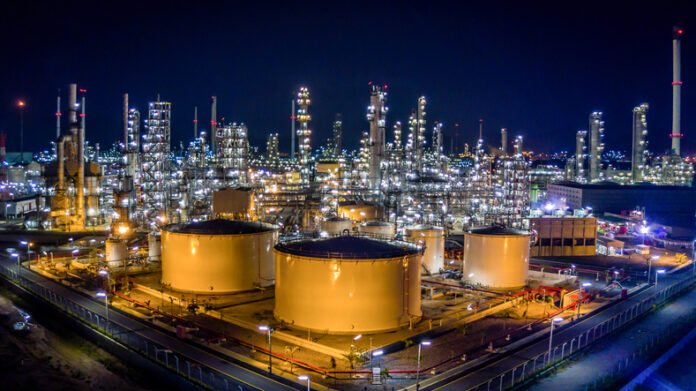The majority of a three judge panel of the Minnesota Court of Appeals ruled the Minnesota Public Utilities Commission (PUC) had acted properly in approving the environmental impact statement, certificate of need, and route permit for the Enbridge Line 3 Replacement Project, rejecting a legal challenge to the approval process.
The court’s June 14 decision enables Enbridge to complete the project.
The Canadian portion of the $3 billion pipeline replacement project has already been completed, as have sections in North Dakota and Wisconsin, where it feeds into the Enbridge terminal in Superior, Wisconsin.
The 334-mile Minnesota section of the replacement line at issue follows a slightly different path than the original Line 3. It is already 60 percent complete and is on track to become operational later this year. When completed, Replacement Line 3 will be capable of transporting 760,000 barrels per day of oil from Alberta. The existing line 3 has become corroded over the years and to avoid a spill has been operating at about 50 percent capacity.
Challenge Rejected
Pipeline opponents charged the PUC had erred in granting the certificate.
They claimed Enbridge relied on an incorrect demand forecast for petroleum products. One of their arguments was the PUC had failed to consider the negative impacts of electric vehicles on future demand for petroleum products.
A majority of the three judge panel hearing the case rejected that argument.
“[S]ubstantial evidence supports the Commission’s decision to issue a certificate of need…,” wrote Judge Lucinda E. Jesson, in the court’s majority decision, “The Commission reasonably selected a route for the replacement pipeline based upon respect for tribal sovereignty, while minimizing environmental impacts. Accordingly, we affirm.”
Native American Property Vandalized
Shortly before the hearing, Enbridge contractor Matt Gordon, a Native American of the White Earth Nation tribe, reported activists had trespassed and vandalized his company’s equipment, broken into construction trailers, damaged environmental safeguards intended to control erosion, and attempted to trap workers while occupying the worksite.
A group of Native American tribes and environmental organizations were the chief plaintiffs attempting to block the Enbridge pipeline. However, Native opposition to the pipeline was not universal. A group of Native American business leaders representing several Minnesota tribes issued a statement condemning the vandalism and the portrayal of all Native Americans as opposing the pipeline.
“[The vandalism] not only created a hardship for our workers, it created additional challenges for our companies,” said the statement. “Protests that disrupt work, damage property, and threaten our employees while claiming to be on behalf of our Native people is creating additional tension and consequences within our tribal communities.
“They also intentionally create a false narrative that there is no Native American support for this project and the economic impacts and opportunities it brings to our people,” said the letter.
Upon losing their appeal, plaintiffs, at a public gathering, demanded the Biden Administration intervene to shut the pipeline down, as President Joe Biden had previously done to the Keystone XL pipeline.
‘Vital … Energy Infrastructure’
The Enbridge 3 pipeline is part of the energy infrastructure that has helped American to become energy dominant, and opposition to it is dangerous and irrational, says Isaac Orr, a policy fellow, with the Minnesota-based Center of the American Experiment.
“Line 3 is a vital piece of energy infrastructure, a crucial link in our supply chain that supports North American energy independence,” said Orr. “The Line 3 replacement is needed because the current pipeline is corroded and operating at only have of its potential capacity, and replacing the pipeline will effectively double its ability to transport oil.
“Pipeline opponents pretend the project isn’t needed because they claim electric cars will make the pipeline unnecessary, but electric car sales are minuscule compared to sales of gasoline-powered cars,” Orr said. “Much of the oil transported by Line 3 becomes jet fuel and diesel fuel for trucks and tractors and there is no alternative to oil for these fuels, which is why Jane Fonda burned a lot of oil to get to Northern Minnesota to protest the pipeline.”
Duggan Flanakin (dflanakin@gmail.com) writes from Austin, Texas.


























